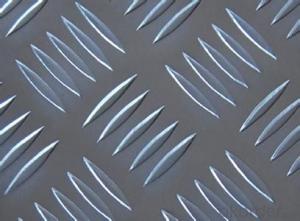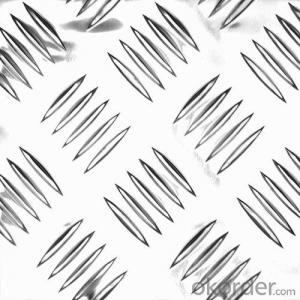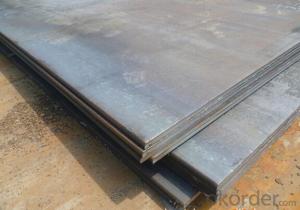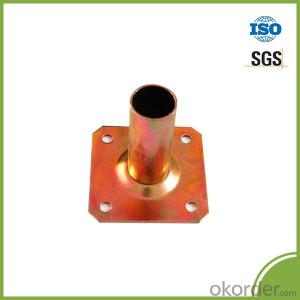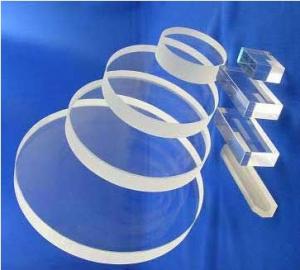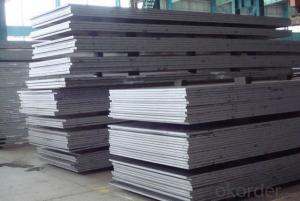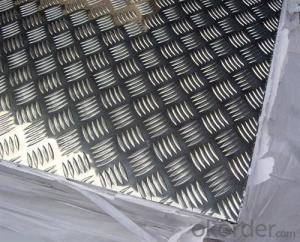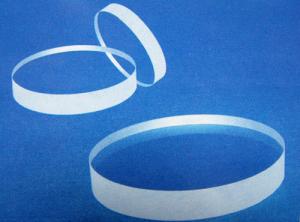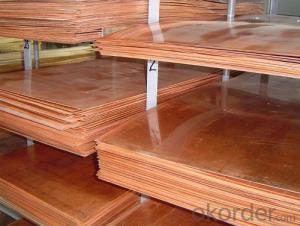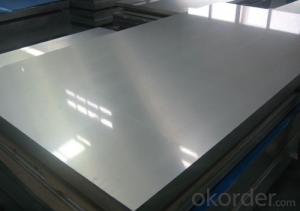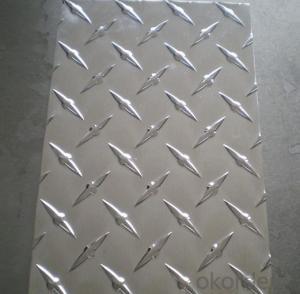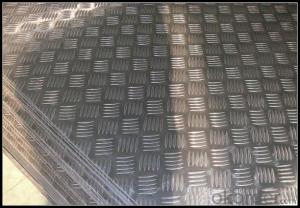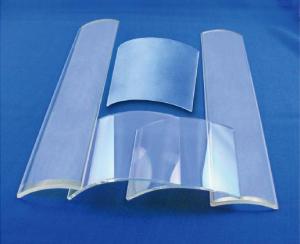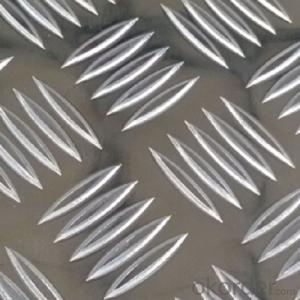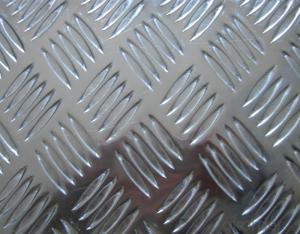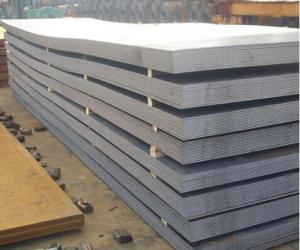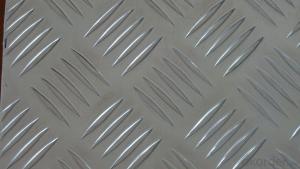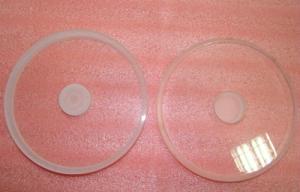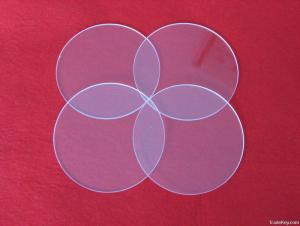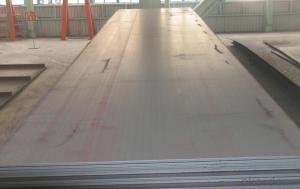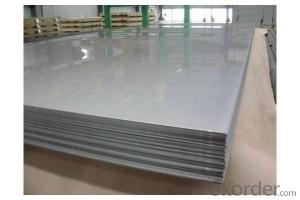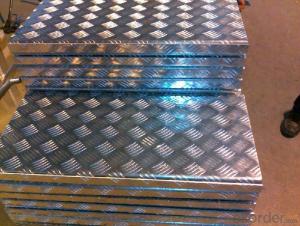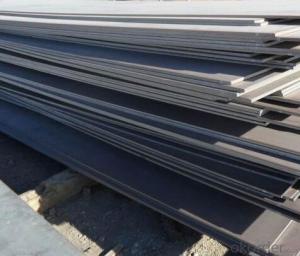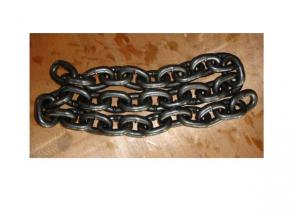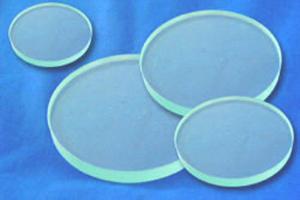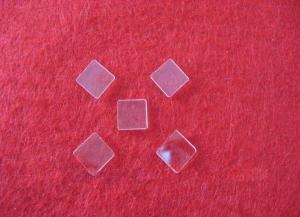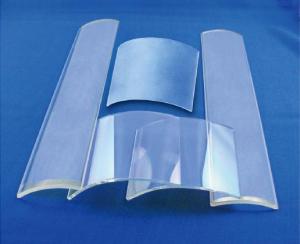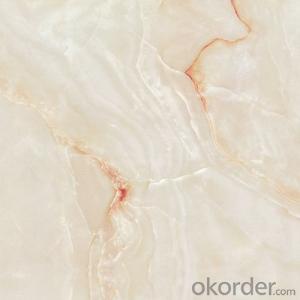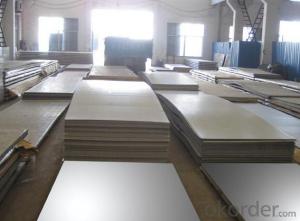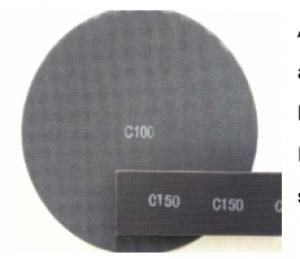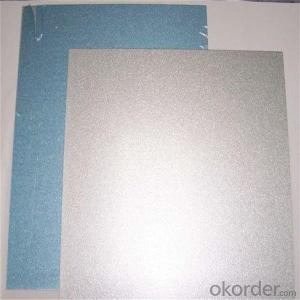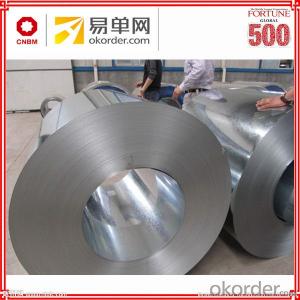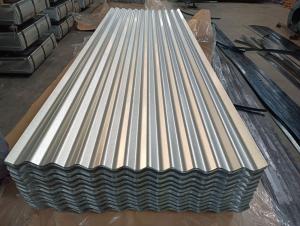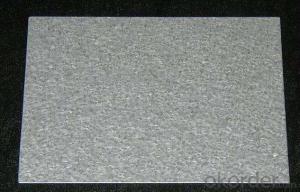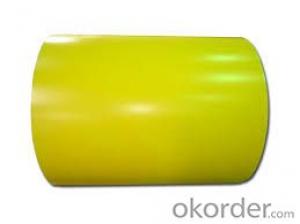A786 Checkered Plate
A786 Checkered Plate Related Searches
Astm A786 Checkered Plate Aluminium Checkered Plate Aluminum Checkered Plate Stainless Checkered Plate Diamond Checkered Plate 3 16 Checkered Plate Checkered Plate Set Polished Aluminum Checker Plate 1/8 Aluminum Checker Plate Checker Plate Aluminum 1 8 Aluminum Checker Plate Cheap Checkered Plate Thickness Of Checkered Plate Checkered Nail Stamping Plate Aluminum Checker Plate Sheet 1 4 Aluminum Checker Plate Aluminium Checkered Plate Price Checker Plate Aluminum Sheets Black Aluminum Checker Plate 6x6 Aluminum Plate Aluminum Threaded Plate Diamond Checker Plate Aluminum 6 Aluminum Plate Aluminum Checker Plate For Sale Polishing Aluminum Checker Plate Checkered Plate Standard Sizes Polishing Checker Plate Aluminum 6mm Aluminum Plate 5086 Aluminum Plate 6101 T6 Aluminum PlateA786 Checkered Plate Supplier & Manufacturer from China
A786 Checkered Plate is a type of steel plate characterized by its distinctive pattern of raised diamonds or squares, which provides increased slip resistance and durability. This unique design makes it an ideal choice for various applications where safety and traction are paramount. A786 Checkered Plate is widely used in industries such as construction, automotive, and manufacturing, where it serves as flooring, walkways, platforms, and stair treads. The product's ability to withstand heavy loads and provide a non-slip surface makes it a popular choice for environments where safety is a concern.Okorder.com is a reputable wholesale supplier of A786 Checkered Plate, offering a vast inventory of this high-quality product to customers worldwide. With a commitment to providing exceptional service and competitive pricing, Okorder.com ensures that businesses have access to the materials they need to succeed in their respective industries. By partnering with Okorder.com, customers can trust that they are receiving top-tier A786 Checkered Plate that meets their specific requirements and exceeds their expectations.
Hot Products

